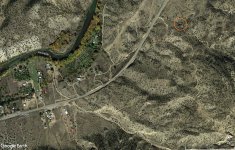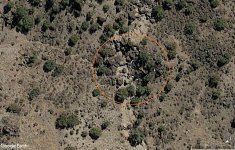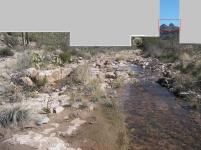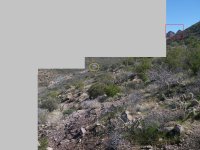- May 16, 2023
- 3,086
- 15,284
- Detector(s) used
- XP Deus II
White's Spectra v3i
Garrett Ultra GTA 1000
Whites Coinmaster
- Primary Interest:
- All Treasure Hunting
When I was last in Telluride, I was told that the town name was a shortened version of "To Hell You Ride", because it was apparently a wild and somewhat inhospitable destination back in the day. Nothing to do with what was mined there.As is the case of many mining towns, few remember or understand just why most of these places are on the map. Telluride, named for the type of gold ore found there during the heyday of mining, is no exception.











